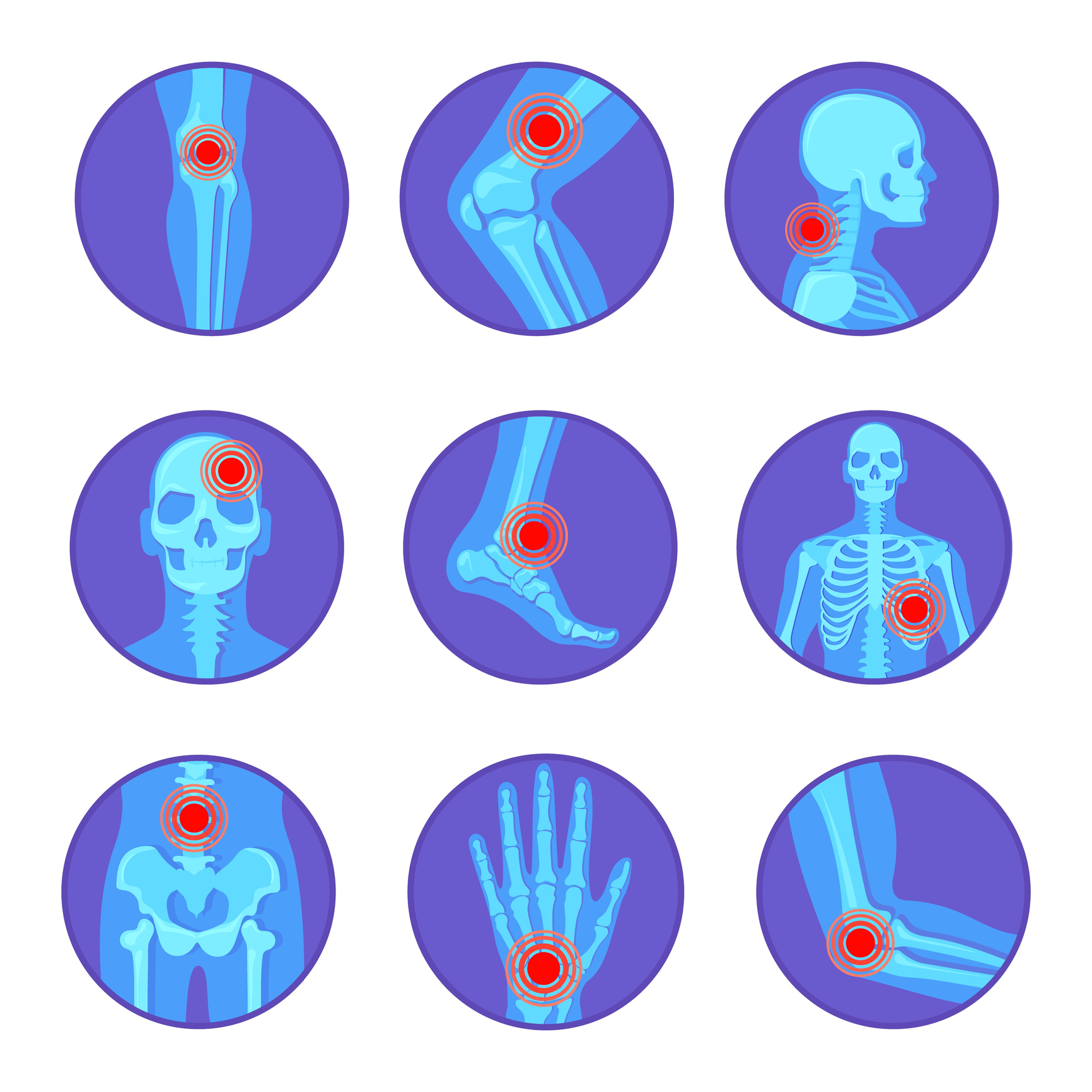The influence of intracellular Toll-like-receptors (TLR), recognized as nucleic acid sensors, in the immunopathogenesis of systemic lupus erythematosus (SLE) is increasingly explored. Yet, the results of both functional and genetic studies remain conflictual. We evaluated the association between TLR3 and TLR7 genes selected variants and SLE and investigated the possible relationship with clinical and serological parameters. Then, we studied the genetic expression of these receptors, and if the TLR7 gene evades X chromosome inactivation (XCI). Our study covers 106 cases and 200 controls, genotyped using a polymerase chain reaction-restriction fragment length polymorphism (PCR-RFLP) technique. TLR3 and TLR7 expression level was assessed by qPCR carried, respectively, on renal tissues and PBMC, and methylation status was evaluated by methylation-specific PCR. Results were statistically analysed using Shesis software, χ , and Mann-Whitney test. Significant associations with SLE susceptibility were found for the TLR3 rs3775291, rs5743305 and rs3775294 polymorphisms. Further subgroup analysis, TLR3 rs3775291 and rs3775294 polymorphisms were significantly associated with lupus nephritis (LN) and even correlate with the presence of auto-antibodies binding RNA molecules. SLE and LN were more common in men with rs3853839-G variant within TLR7 gene versus those carrying the C allele. Moreover, the role of the G allele in the TLR7 expression up-regulation was confirmed. However, gene expression analysis showed no significant differences in TLR3 and TLR7 mRNA levels between LN patient biopsies and healthy tissues (p > .05). When comparing patients and controls, no statistical difference was observed in XCI pattern. Otherwise, notable associations were raised between TLR3 and TLR7 gene variants and clinical and serological lupus features pointing towards the role of genetic background in the physiopathogenesis of the disease.© 2021 John Wiley & Sons Ltd.
RNA receptors, TLR3 and TLR7, are potentially associated with SLE clinical features.


